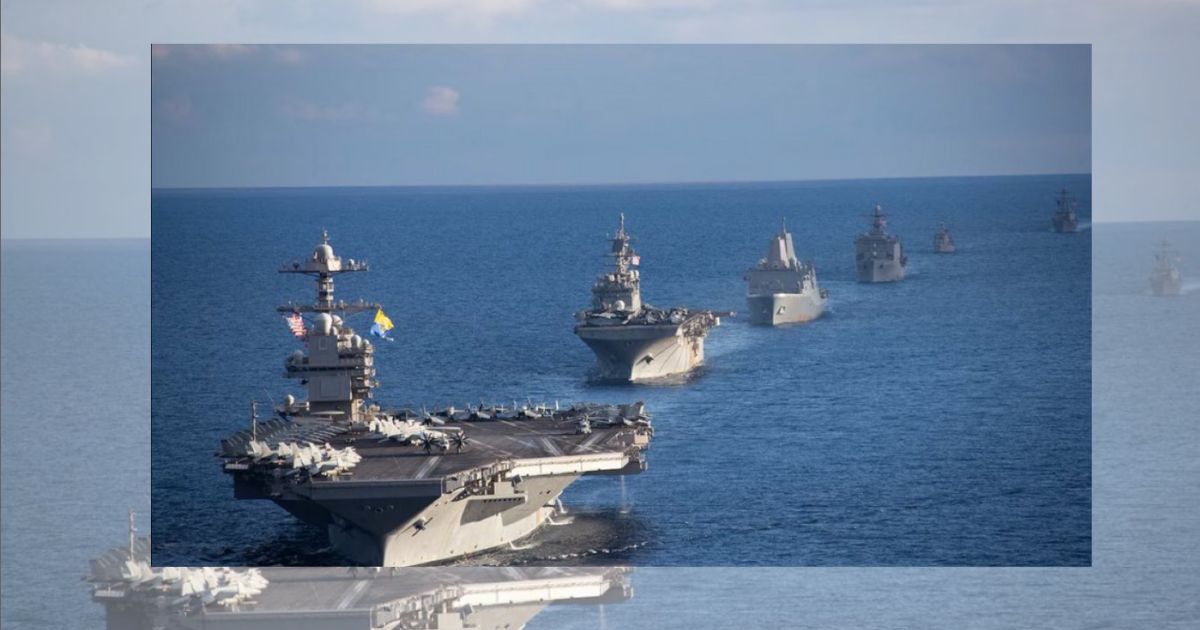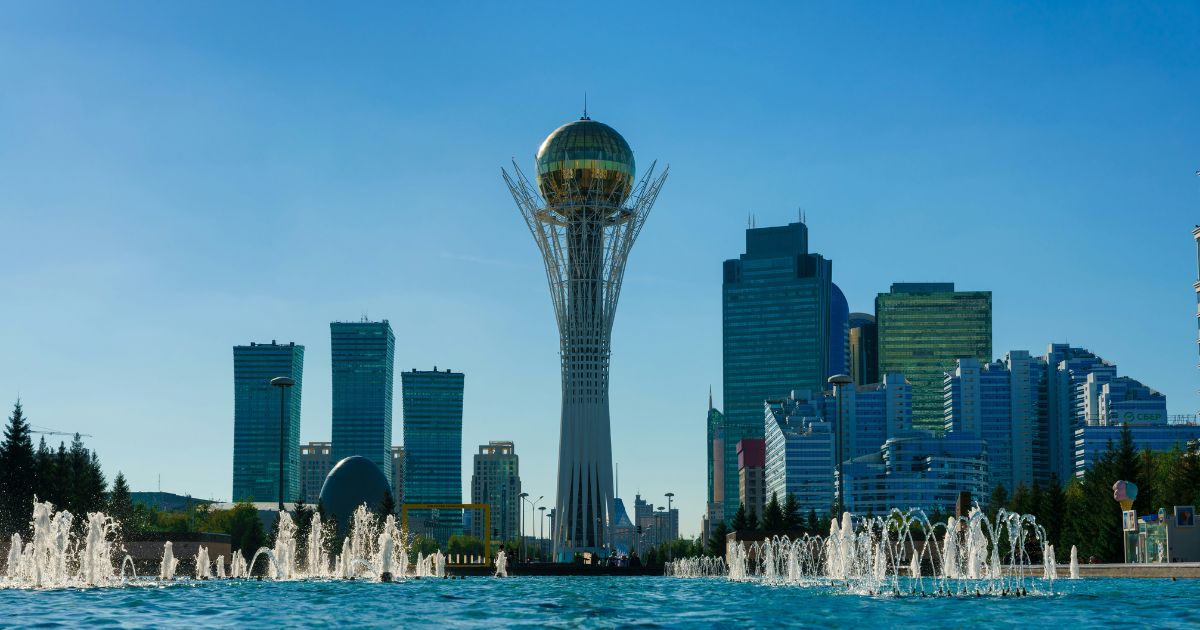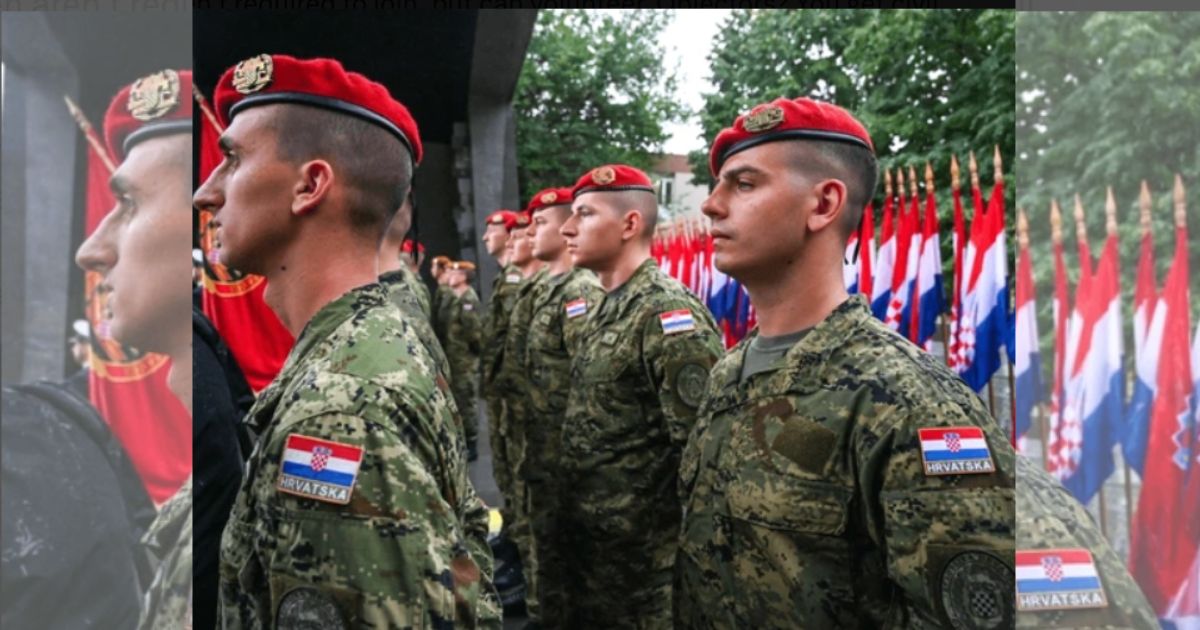On 24th October, the Pentagon announced that it was sending the United States’ best aircraft carrier to the Caribbean, a significant enhancement in the war on drug cartels that the Trump administration is waging, which gives the capability to begin executing attacks on ground targets.
The movement will also include the USS Gerald Ford, which has dozens of stealth fighter jets among other surveillance planes, and other warships that accompany the carrier, to the coast of Venezuela, as it approaches the end of its current deployment in the Mediterranean.
Sending the carrier strike group to the Caribbean is the most obvious indication so far that the administration is planning to dramatically broaden the range of its lethal military effort, attacking small boats that are said to be carrying drugs that are heading towards the US coastline, with targets on land.
The supercarrier is equipped with dozens of F-18 Super Hornet jets, which strengthens the offensive potential and capability of the US to strike air-defense coverage in Venezuela. That would clear the path to US special operations or drones to destroy targets on land, former and current officials said.
This increase in naval presence will, according to a statement released by one of the Pentagon representatives, Seaman Parnell, increase the ability of the United States to detect, monitor, and disrupt through illicit actions and activities that threaten the well-being and health of the United States homeland as well as our security within the western hemisphere.
Nicolas Maduro, the President of Caracas, criticized the increased military presence of the US. The Venezuelan President later told state media on Friday that they had sworn never to go to war again and that they are making one up.
The Trump administration has been considering intensifying its efforts against the drug cartels, along with its attempt to destabilize the government of the Venezuelan president, after initially launching an initial wave of attacks on at least nine perceived drug-trafficking vessels.
Donald Trump also affirmed to the press at the White House on Thursday that the second step of his military operation was to strike ground targets. Trump said, “the next thing will be the land. They are far more dangerous than land drugs. It will be much more perilous. You’ll be seeing that soon.”
Trump failed to provide the details of which countries the US would strike. However, he instructed the defense secretary, Pete Hegseth, sitting next to him at the White House gathering on curbing the influx of illegal drugs into the US, to inform Congress about the administration’s intentions.
When questioned on whether he would declare war against the cartels, Trump implied, “we would proceed with single strikes. Why, I believe we will simply kill people who are bringing drugs into my country, all right? We will kill them, you see, they will be, like, dead”.
On 3 September, Trump declared what seems to have been the initial strike on a boat, and circulated a short video of the attack. During the following weeks, the administration declared additional strikes without revealing any information except the number of people who had been killed and the statement that the boats had transported drugs.
The administration has offered a questionable legal rationale behind the attacks since the beginning of the military operation, purporting that the boats belong to the so-called designated terrorist organisations, DTOs, with which the US was now engaged in a non-international armed conflict, the Guardian has reported.
The administration has, however, to this date not come up with any tangible evidence that the individuals in the boat strikes were smuggling drugs into the US. The officials at the Pentagon, in briefings to Congress, pretty much indicated that the boats were fair targets since Trump classified them as cartel holdings observed to be DTOs, people who knew the issue said.
The Central Intelligence Agency has also been involved in the military campaign. On 15 October, Trump confirmed that he had directed the CIA to engage in so-called covert action in Venezuela. The Guardian has also reported that the CIA has been contributing a large portion of the intelligence employed in the airstrikes.




